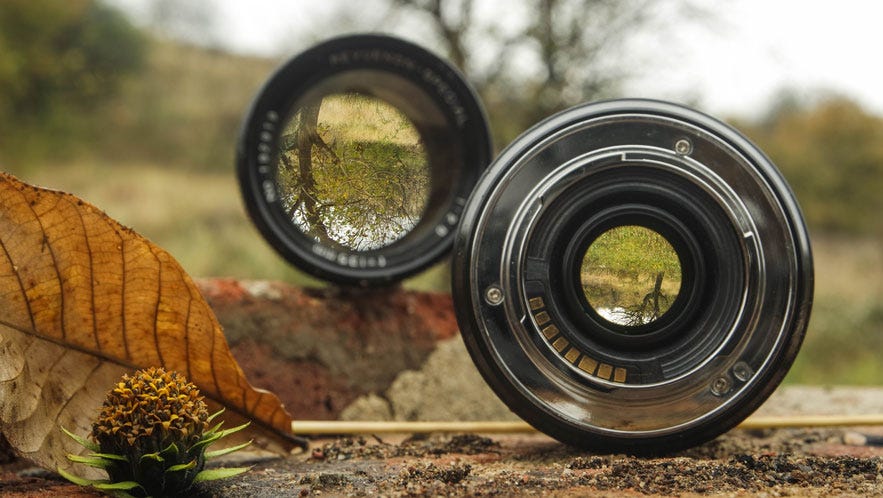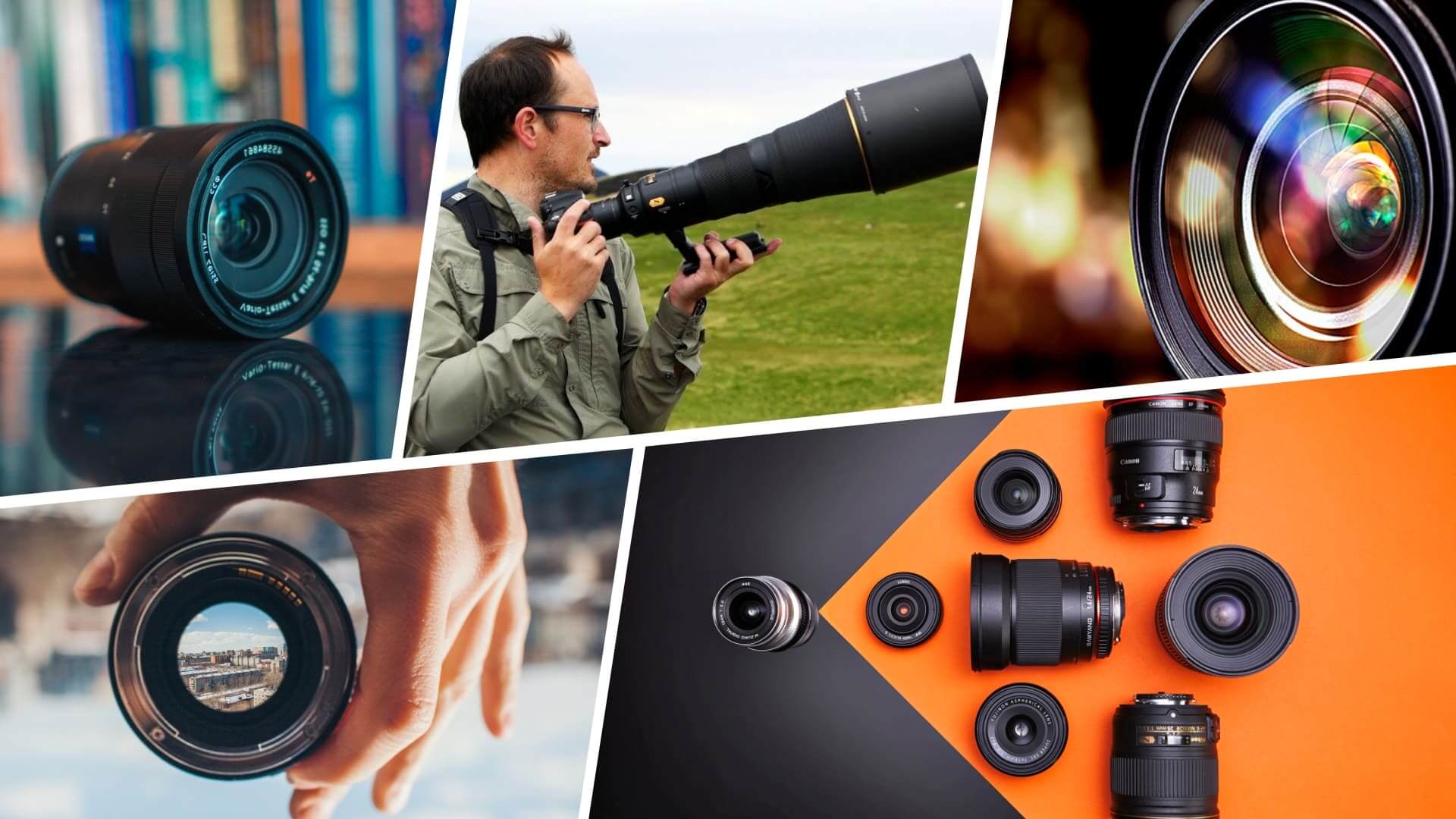Unveiling the Mystique: What Does the Lens of a Camera Do?
Introduction
Have you ever wondered what magic transforms the scenes before your eyes into beautiful photographs? The wizard that operates behind the scenes is the lens of your camera. As the eye of a camera, a lens senses light and thus plays an instrumental role in capturing reality. This article delves into the intricate world of camera lenses, unraveling their secrets and elucidating why they matter in photography.
What Role Does the Lens Play in a Camera?
The camera lens, often misconstrued as a mere piece of transparent glass, in reality, holds the reins of your photographic outcome. This ingenious device manipulates an assortment of parameters to craft the final image. Here is a breakdown of the crucial roles played by the lens in a camera, each contributing to producing the perfect frame:
- Light Gatherer: As the primary portal for light to enter the camera, the lens focuses the incoming light rays onto the sensor to create an image.
- Sharpness Controller: Do you appreciate the sharp, clear images your camera produces? The credit mostly goes to the lens that ensures perfect sharpness across the photograph.

- Depth of Field Regulator: Want a portrait with a beautiful bokeh effect? Your camera lens empowers you to control the depth of field, helping to highlight your subject by blurring out the background.
So, the camera lens is indeed the linchpin, a silent but powerful tool in photography, which contributes to the final impression of the image far more profoundly than one might initially imagine.
Why Is A Camera Lens More Than Just Meets the Eye?
To an average observer, a camera lens may simply seem like a piece of glass. However, the reality is much more complex and captivating:
- Composition: A camera lens is a carefully engineered assembly of numerous 'lens elements'. Each of these elements contributes to the lens's overall performance and photographic result.

- Function: All these elements work together to correct optical issues like aberrations — distortions in the final image. They assist in crystallizing the image that reaches the camera’s sensor.
- Result: The essence of a lens is seen in the magical transformation it brings about in your photography. It's not just an add-on; it's a vital component that adds depth and detail to your images.
To experience this wondrous world of photography, it becomes essential to comprehend the critical role of a camera lens!
How Do Camera Lenses Control Light and Influence Photos Quality?
Decoding the mechanism behind how a camera lens controls light and dictates photo quality unveils the science and art inherent in photography. Grasping these nuances not only boosts your understanding but also allows you to leverage this knowledge for better results. Below, we break down this mysterious process into easily comprehensible points.
- Light Control Through Aperture: A pivotal function of the camera lens is adjusting the quantity of light admitted into the camera. This responsibility rests mainly with the aperture, an adjustable opening in the lens. When the aperture is widened, more light pours into the camera, making the image brighter. This adjustment is vital for shooting in low-light conditions. Conversely, when the aperture is narrowed, light intake is reduced - a necessary move when the environment is excessively bright.
- Influence on Image Sharpness: The optics of a lens have a significant bearing on the sharpness of an image. Ensuring the critical parts of a photo stay sharp requires a lens that accurately directs light onto the camera sensor. Quality optics can help in achieving this precision, making the image look crisp and well-defined.
- Color Distortion and Vignettes Control: Another noteworthy function of lens optics is the minimization of color distortion and vignettes. Color distortion, or chromatic aberration, occurs when the lens fails to focus all colors to the same convergence point. Vignetting results in dark corners in an image. Investing in a high-quality lens can decrease these distortions, thus improving photo quality.
- Depth of Field Determination: Lastly, the lens plays a vital role in defining the depth of field, which is an aesthetic choice in photography. It allows photographers to highlight the subject in focus against a blurred background, adding depth to the composition.
In summation, a camera lens performs a plethora of tasks to control light and enhance the quality of photos. Its role is fundamental, and its operation sophisticated, making it an intriguing aspect of photography to explore.
How Does the Lens Focal Length Transform Your Photography Results?
Introduction:
The focal length of a camera lens greatly influences the final outcome of your photograph. It is defined as the distance between the lens and the image sensor when the subject is in focus, typically measured in millimeters (mm). With the focal length directly affecting the 'zoom' degree and perspective of your photos, it's significance in photography shouldn't be underestimated.
Effect on 'Zoom' Perception:
- Short Focal Length: Lenses with a shorter focal length, often referred to as 'wide-angle lenses' (usually 35mm or less), create a wider field of view. This characteristic makes them perfect for capturing broader scenes such as landscapes or group shots.
- Long Focal Length: Conversely, lenses with longer focal lengths (typically above 70mm) provide a 'zoomed-in' effect, presenting a narrow field of view. These type of lenses, known as 'telephoto lenses', come in handy when photographing distant subjects, such as in wildlife or sports photography.
Influence on Perspective:
- Short Focal Length: Wide-angle lenses tend to distort the perspective, making objects appear further apart than they actually are. This effect can emphasize the depth and vastness of a scene.
- Long Focal Length: Telephoto lenses compress perspective. The effect of a lens with a long focal length results in making the objects seem closer together, creating an intensity that draws the viewer into the scene.
To conclude, your choice of focal length widely impacts the aesthetics and functionality of your photography. Whether you wish to capture a vast landscape shot or a close-up portrait, understanding the implications of different focal lengths can greatly enhance your photography skills.
Why Should We Invest in a Good Camera Lens?
Photography is an art, and like any other art form, having the right tools can make a significant difference - your camera lens being perhaps the most influential tool of all. But does investing in a superior quality lens truly make a distinctive difference? Let’s look at the reasons which justify this investment:
1. Outstanding Image Quality: One of the prime reasons for investing in a high-end camera lens is the exceptional image quality it guarantees. Top-tier lenses provide outstanding sharpness, ensuring every detail of your frame is captured with precision. They also offer better color rendering, leading to vibrant and lifelike images.
2. Reduced Distortion: High-quality lenses are designed with elements that minimize optical distortions, such as chromatic aberration and vignetting. The result is clear, distortion-free pictures that can take your photography to the next level.
3. Variable Aperture Range: A good quality lens offers a broad aperture range, providing greater control over the amount of light entering the camera. You can adjust the aperture to capture perfect shots, whether in harsh sunlight or low lighting conditions.
4. Depth of Field Control: A high-grade lens lets you manipulate the depth of field effectively. This control helps to highlight your subject against a blurred background, a technique often used in portrait and macro photography.
5. Durability: Top-range lenses are built to last. They feature robust construction and high-grade materials, ensuring they withstand constant use and challenging filming conditions. This durability makes a high-quality lens a worthwhile long-term asset.
While it's true that investing in a quality camera lens will entail a higher upfront cost, the improvements in flexibility, control, and overall image quality certainly help justify this expense. Thus, professionals and serious hobbyists might very well consider it as a worthwhile investment that could fundamentally elevate their photography.
Conclusion
To encapsulate, the role of a camera lens goes beyond just capturing an image. It controls light, defines field of view, modulates depth of field, and facilitates optical correctness — coalescing to breathe life into your photos. So, the next time you click a shutter, remember the critical importance of your camera's lens!
Related FAQs about what does the lens of a camera do
What are the different types of camera lenses and their functions?
There are four main categories of camera lenses: wide-angle, standard, telephoto and special-purpose lenses. Wide-angle lenses capture a broader perspective, ideal for landscape and architectural photography. Standard lenses mimic human eye perspective, for portraits or everyday use. Telephoto lenses allow close-ups of distant subjects, useful for wildlife or sports photography. Special-purpose lenses, like macro or fisheye, offer unique photographic opportunities.
How does a camera lens affect the depth of field?
A camera lens largely controls the depth of field. By adjusting the aperture (f-stop), you can manipulate the depth of field, determining how much of your image remains sharp. A smaller aperture (higher f-number) increases depth of field, leaving more of the scene in focus. A larger aperture (lower f-number) reduces depth of field, blurring the background to highlight the subject.
Zoom lens vs Prime lens: Which one should I choose for my photography needs?
The choice between a zoom and prime lens depends on your needs. Zoom lenses offer flexibility, as they cover a range of focal lengths. This versatility is excellent for travel and events. Prime lenses, with a fixed focal length, typically provide superior image quality and better performance in low light. They encourage creative framing and are preferable for portrait, food, or macro photography.


